The Divine and the Earthly: Unveiling Raja Ravi Varma’s Art!
Introduction
Dive into the timeless beauty of Raja Ravi Varma’s art, a realm where Indian mythology breathes through vibrant colors and emotions. Raja Ravi Varma, a pioneer in bringing the characters of ancient epics onto the canvas, left an indelible mark on the Indian art landscape. His works, a harmonious blend of Indian tradition and European technique, continue to enchant art enthusiasts around the globe. For those looking to immerse themselves in the majesty of Raja Ravi Varma’s art, Beyond Square stands as the ultimate online portal. Offering an exquisite collection of Varma’s reproductions, Beyond Square provides art lovers a chance to own a piece of this historical legacy, making it the best place to buy Raja Ravi Varma’s art online.
The Genesis of Raja Ravi Varma’s Artistic Journey
The story of Raja Ravi Varma’s art begins in the lush landscapes of Kilimanoor, a princely state in the present-day state of Kerala, India. Born into an aristocratic family with a rich cultural and artistic heritage, Varma displayed an innate talent for art from a very young age. His exposure to the traditional Indian art forms, combined with a curiosity for the Western methods of painting, laid the foundation for what would become a remarkable journey in the world of art.
Early Life and Influences
Raja Ravi Varma’s early years were steeped in the narratives of Indian mythology and epics, which later became the central themes of his art. His uncle, Raja Raja Varma, recognized the young boy’s talent and arranged for him to receive formal training. This education not only refined Varma’s skills but also instilled in him a profound understanding of the stories that he would later bring to life on canvas.
The landscapes, people, and light of Kerala deeply influenced Varma’s artistic sensibilities. He developed an eye for the natural beauty and the vivid colors that would become characteristic of his later works. However, it was his encounter with Western art techniques that truly transformed his approach, enabling him to depict the richness of Indian mythology with unprecedented realism.
The Transition to Realism
In the latter half of the 19th century, Raja Ravi Varma embarked on a journey that would take him across the Indian subcontinent and expose him to European art styles. This exposure was pivotal in shaping his unique artistic style, which melded European realism with Indian themes. Varma’s ability to use oil paints to achieve depth, texture, and lifelikeness in his depictions of gods and goddesses was revolutionary. His paintings began to tell stories in a way that was relatable to the everyday observer, bringing the divine into the realm of the tangible.
One of the key milestones in Varma’s career was his victory in the Madras Painting Exhibition in 1873. This accolade brought him national recognition and affirmed his place as a pioneering artist in Raja Ravi Varma’s art history. Following this, Varma traveled to Vienna to learn the latest in printing technology, which he later introduced in India. This endeavor democratized art by making it accessible to the masses, a testament to Varma’s vision of bringing art to the people.
Through his artistic journey, Raja Ravi Varma laid the groundwork for modern Indian art. He showed that it was possible to stay true to one’s cultural roots while embracing innovation and change. His legacy is not just in the beautiful canvases he left behind but in his boldness to imagine and create a new path for Raja Ravi Varma’s art.
Masterpieces that Defined an Era
Raja Ravi Varma’s art is a testament to the timeless appeal of Indian mythology, brought to life with an unprecedented realism that bridged worlds and eras. His paintings are not just visually stunning; they are narratives captured on canvas, inviting viewers to step into a realm where divine stories are told with earthly elegance. This section explores some of Varma’s most iconic works, examining the stories they tell and the techniques that made them stand out.
Iconic Paintings and Their Stories
- “Shakuntala” – One of Varma’s most celebrated pieces, “Shakuntala” depicts the moment of Shakuntala looking back to recall if she has heard her name being called by Dushyanta. Varma’s mastery in expressing human emotions and the intricate detailing of natural surroundings brings this poignant moment to life with breathtaking realism.
- “Nala and Damayanti” – This painting captures the story of love at first sight between Nala and Damayanti, a tale from the Mahabharata. Varma’s use of color and light perfectly encapsulates the divine beauty of Damayanti and the enamored gaze of Nala, showcasing his skill in portraying complex human emotions.
- “Hamsa Damayanti” – In this artwork, Varma portrays Damayanti conversing with a swan (Hamsa), who would later become the messenger to her love, Nala. The attention to detail in the expressions of Damayanti and the serene beauty of the swan highlight Varma’s ability to capture the essence of the story’s emotional depth.
- “Sita Swayamvara” – This painting illustrates the moment from the Ramayana when Princess Sita chooses Lord Rama as her husband in the swayamvara. Varma’s depiction of the royal assembly, with its vibrant colors and dynamic composition, brings this epic scene to life, showcasing his talent for storytelling through art.
The Fusion of Mythology and Realism
What sets Raja Ravi Varma’s art apart is his revolutionary approach to depicting Indian gods and goddesses with lifelike realism, making the divine relatable to the common man. By incorporating European techniques of realism and perspective, Varma gave a new dimension to traditional Indian subjects. His paintings created a visual language that could communicate the rich tapestry of Indian mythology to viewers across different backgrounds and cultures.
Varma’s genius lay in his ability to convey emotion through his subjects, whether it was the tender sorrow in “Shakuntala” or the serene grace in “Hamsa Damayanti.” His masterful use of oil paints allowed him to achieve a richness in color and a delicacy in texture that made his figures come alive. The detailed backgrounds, often inspired by the lush landscapes of Kerala, added another layer of depth to his work, creating a perfect setting for the divine dramas to unfold.
Through his masterpieces, Raja Ravi Varma achieved more than just artistic acclaim; he sparked a cultural renaissance that redefined Indian art. His work paved the way for future generations of artists to explore the fusion of traditional themes with modern techniques, ensuring that the stories of the past continue to inspire and resonate with the audiences of today.
Conclusion
Reflecting on the journey through the ethereal beauty of Raja Ravi Varma’s Art, we are reminded of the enduring legacy of a visionary who painted with his soul. Varma’s work transcends time, inviting us to explore a world where divine beauty and earthly emotion converge in perfect harmony. As we celebrate his contributions to the art world, we recognize the role of platforms like Beyond Square in keeping this legacy alive.
For enthusiasts eager to delve deeper into the splendor of Raja Ravi Varma’s Art, Beyond Square remains the premier destination. Offering a meticulously curated collection of Varma’s masterpieces, it ensures that the legacy of India’s celebrated artist is accessible to all, affirming its status as the best place to buy Raja Ravi Varma’s Art online. Through Varma’s paintings, we not only witness the fusion of cultures but also the timeless tales that continue to resonate with us, bridging past and present with each stroke.


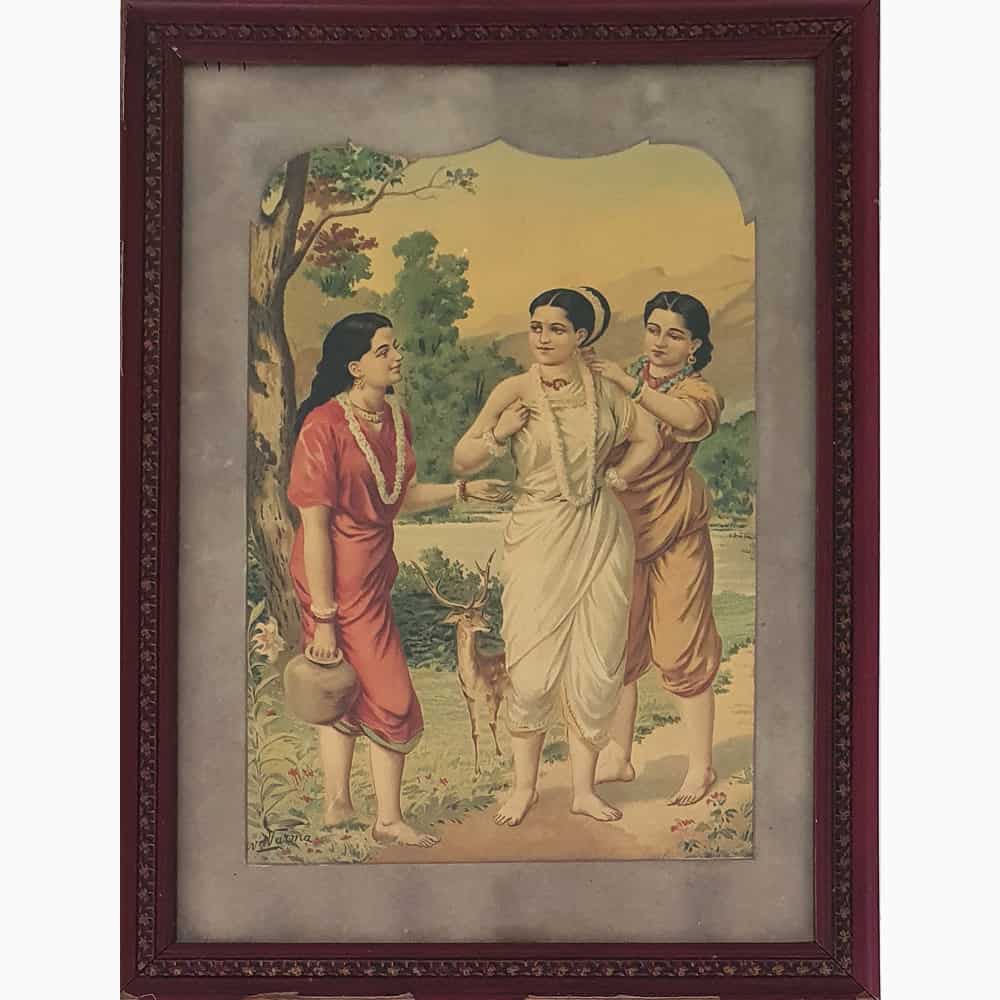
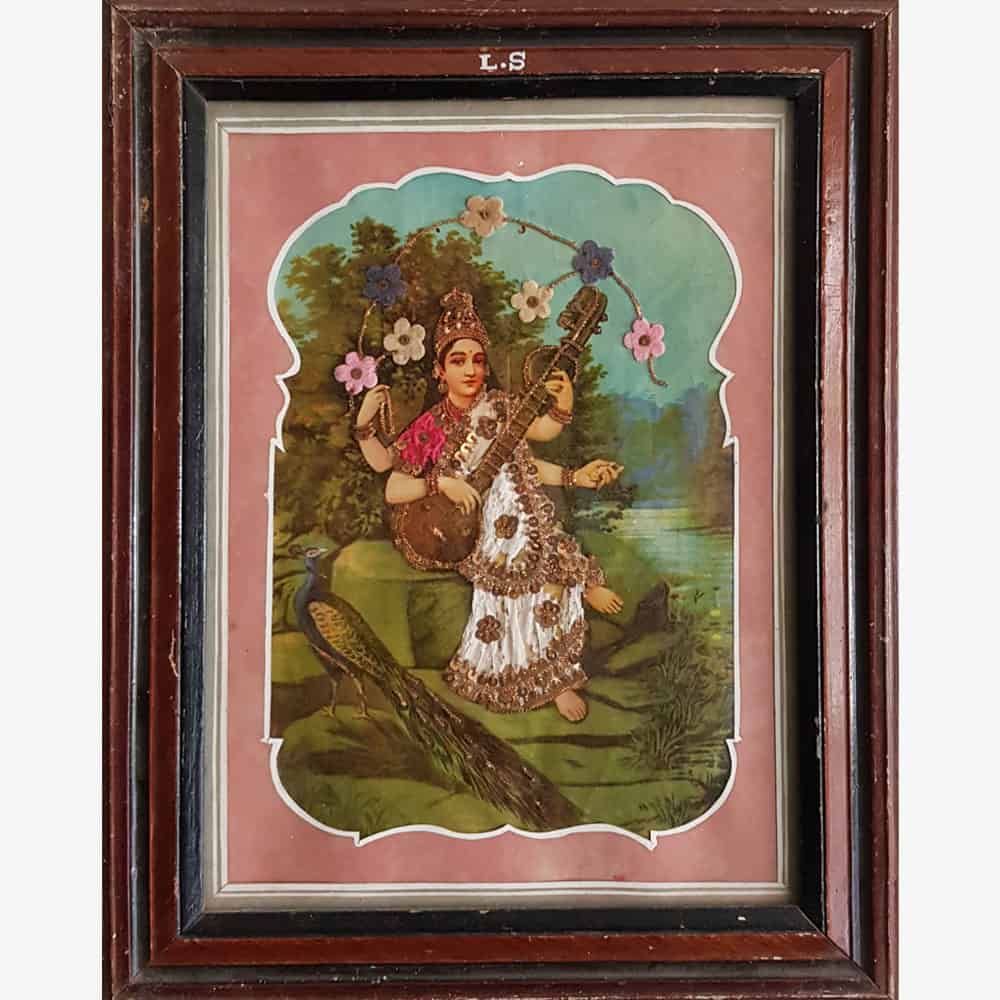
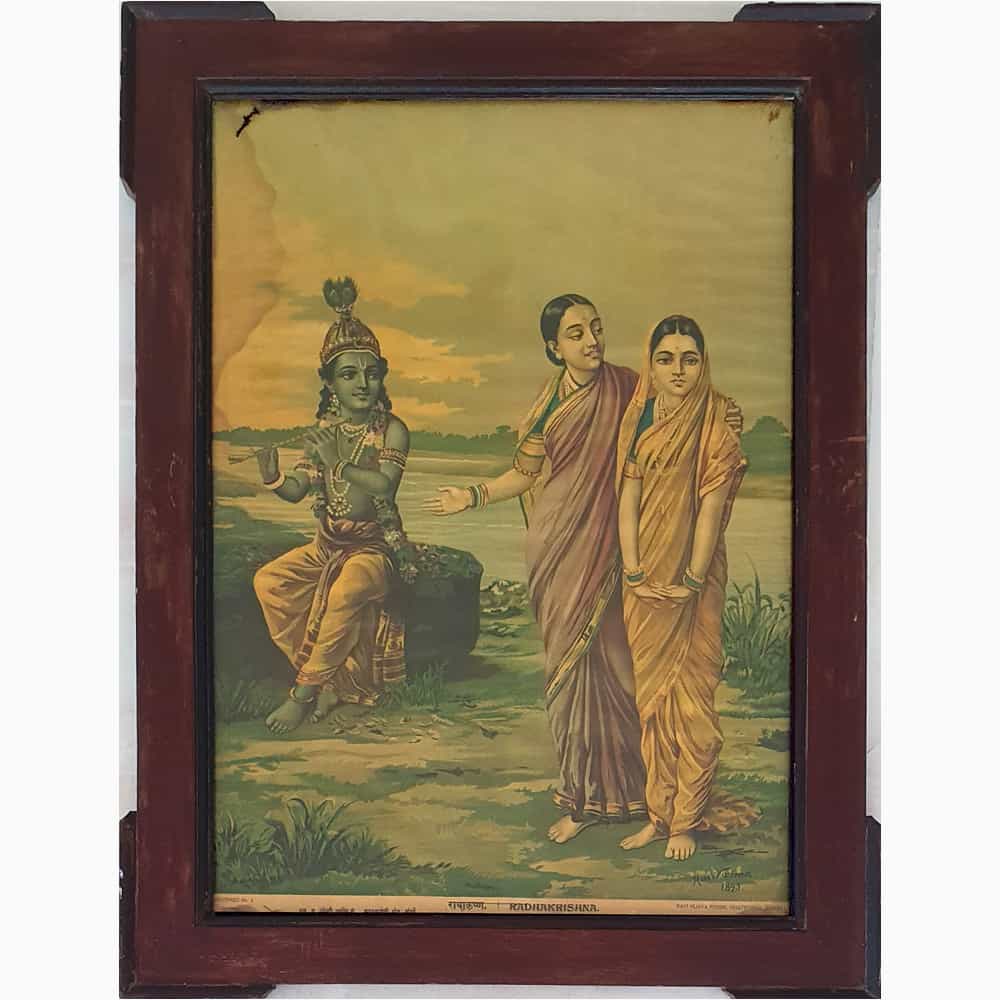
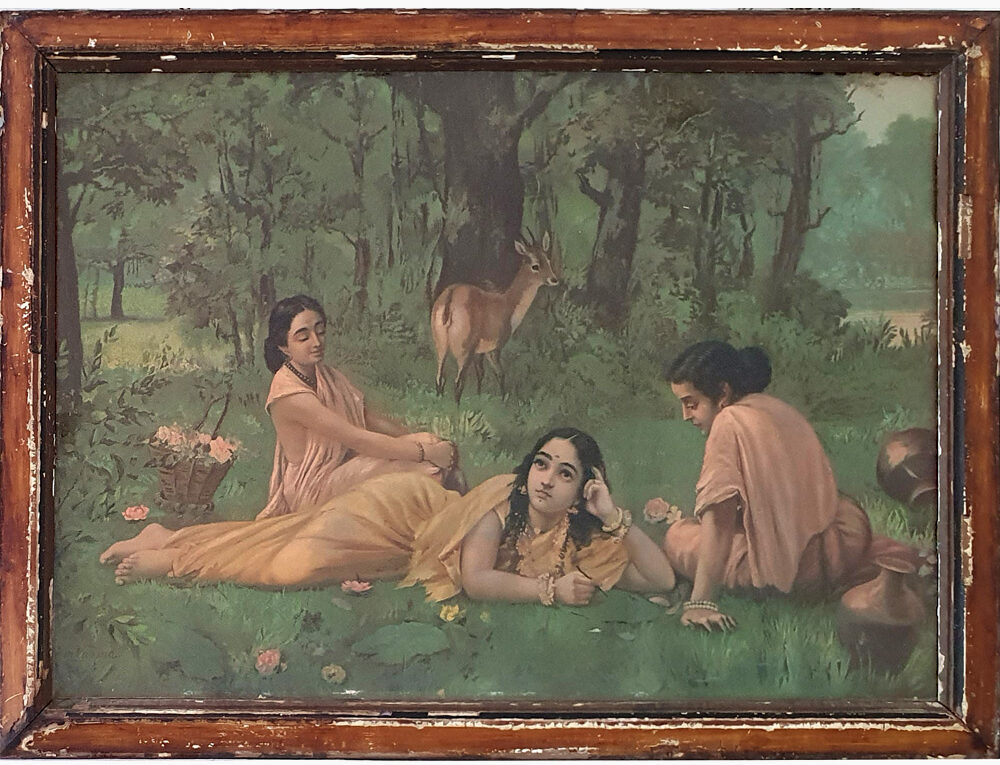

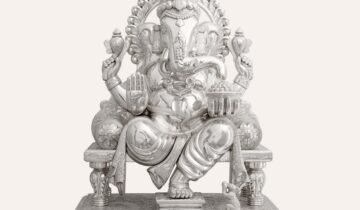

 No products in the cart.
No products in the cart. 